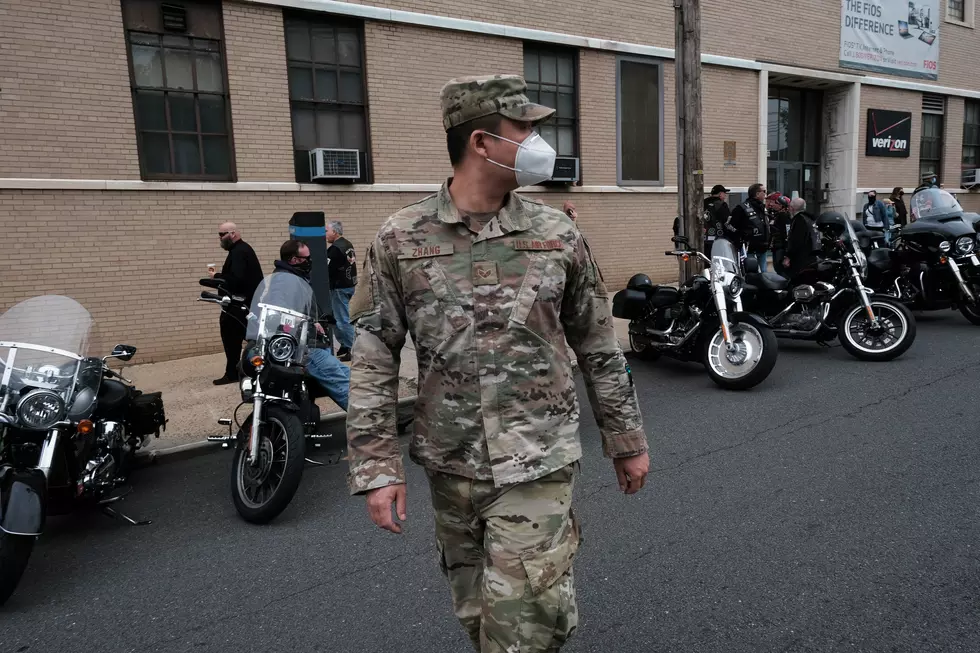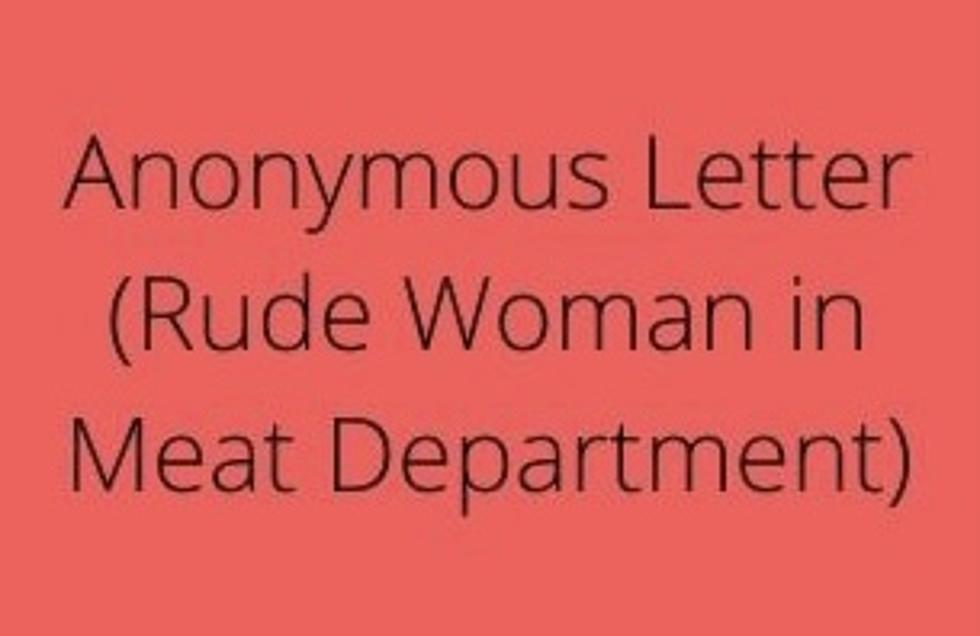
No Second Wave COVID Outbreak After Memorial Day In Louisiana
If you started a list of the events that were supposed to lead to a "second wave" of COVID-19 illness and death in Louisiana, you might be able to pick out a pattern. Maybe not a pattern, but a trend. Here are some of the events in the Ark-La-Tex that were going to lead to second waves:
March 31st - Cell Phone data shows people aren't staying home
Early April - Churches break quarantine, host massive gatherings
Mid April - Wal-Mart, Kroger, Brookshires, Target, and other stores are full of shoppers at all hours
April 25th - Hail storms send thousands to hardware stores for supplies. Hundreds are pictured waiting outside stores shoulder-to-shoulder
May 10th - Mother's Day. Thousands "break quarantine" to celebrate Mother's Day
May 15th - Phase One. As Phase One started, many proclaimed that a Second Wave was on the way
May 25th - Memorial Day. Another holiday where residents celebrated freely around the state
The conventional thinking behind "second wavers" is that two weeks after one of these events, there will be a devastating second outbreak of the virus.
Now, if you've been keeping track, none of these events resulted in spikes for positive cases, hospitalizations, ventilator usage, or deaths across the state of Louisiana. In fact, the state has maintained an incredibly flat trend in positive cases for the last 7 weeks in positive cases, averaging 2,500 new cases every week. At the same time, the state has averaged a decrease of more than 170 COVID patients in hospitals every week, as well as decreases in ventilator use and deaths related to COVID.
Even at his COVID press briefing on June 8th, Louisiana Governor John Bel Edwards remarked that there was no spike of any kind related to Memorial Day in the state.
There could be a lot of factors at play with all of these trends. First, the World Health Organization has stated, since February, that asymptomatic spread is rare, which would nullify many of the current conventional beliefs on social distancing. Another factor when it comes to hospitalizations and ventilator usage is achievements in treatment protocols. We have multiple options now to keep people out of the hospital, and to get them back on their feet and out faster.
But if you're still looking for a true "second wave" of COVID-19, there might be a grander picture that could prevent that from happening. A lot of people define this "second wave" by using the 1918 Flu Pandemic, which did have a massive second wave. But there are serious differences between the world of 1918 and 2020. From something as simple as hand sanitizer existing now, to something as complex as the end of World War I in 1918, there are so many reasons that a 1918 Second Wave is unlikely in our world.
Changes Between 1918 and 2020 That Will Help Stop a Second Wave of COVID-19
More From News Radio 710 KEEL









